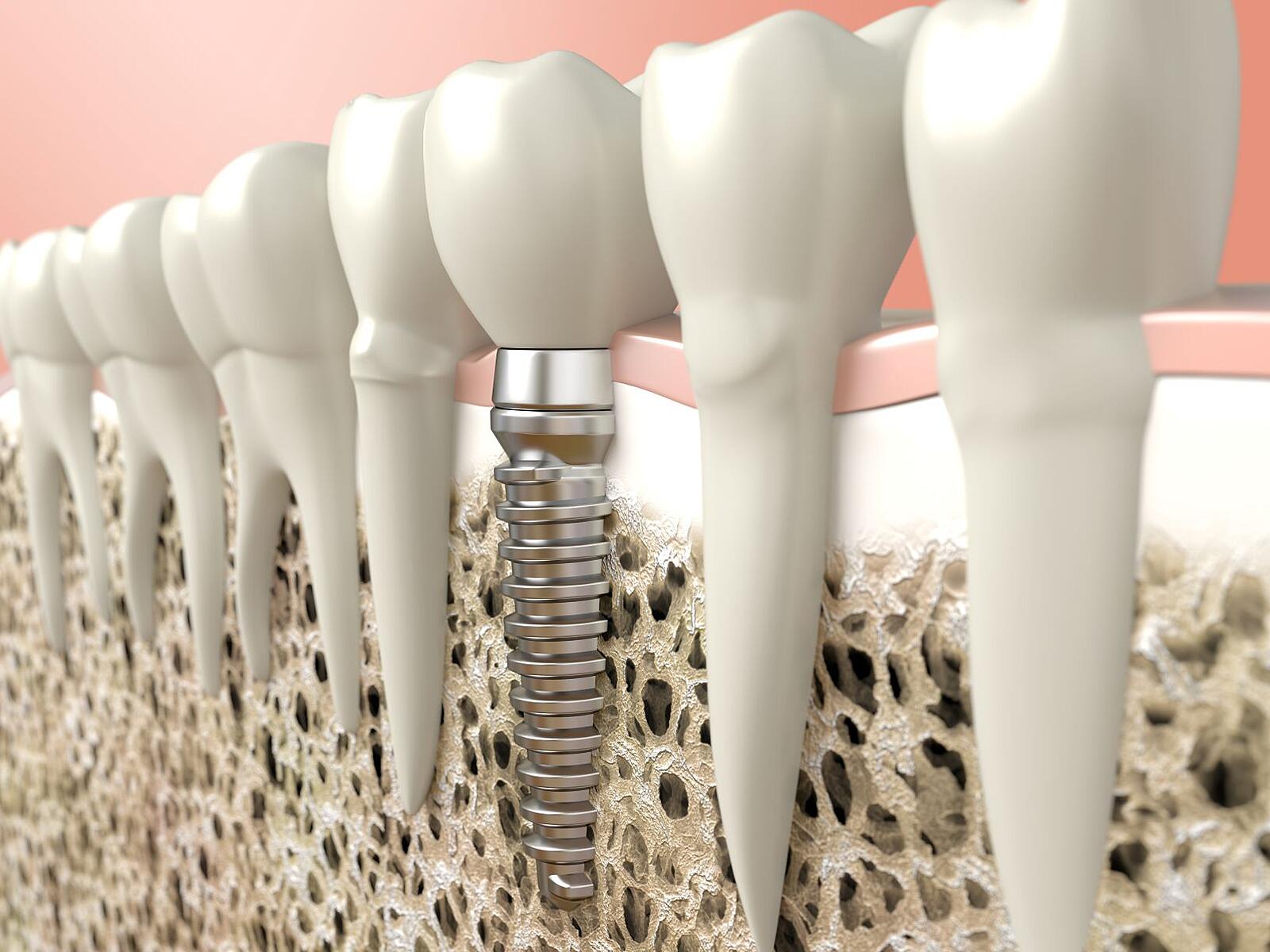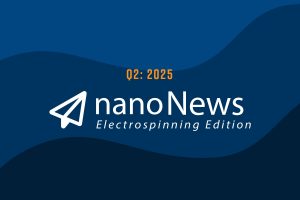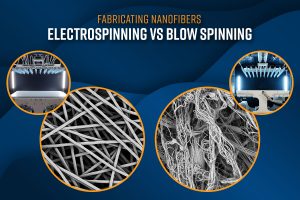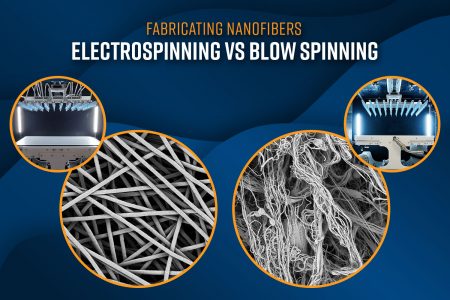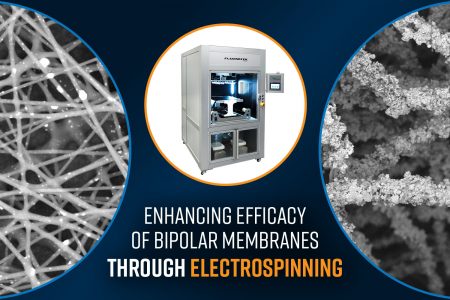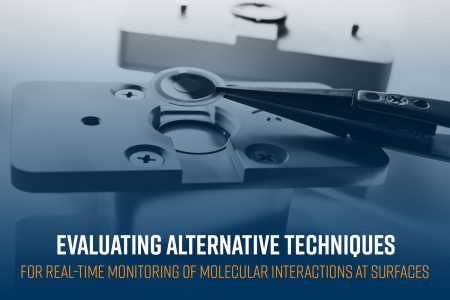When biomedical devices are developed or optimized, biocompatibility is an important factor that must be considered. It is imperative that any device that comes in contact with, or is implanted in the body does not cause an adverse response in the patient. When investigating biocompatibility, the surface properties of the materials used must be fully understood, as they determine how the device will interact with bodily fluids.
However, biocompatibility of these materials is a complex issue, as its very definition varies across applications. In one application, a material could be considered biocompatible if it remains completely inert to prevent any adverse interactions. In a different application, a material may be required to fully integrate with the host tissue to be biocompatible. To this end, physicochemical properties of the surface, like wettability and surface roughness, are of prime importance to optimize biomedical devices for protein and cell adhesion, cell spreading, and proliferation of cells.
Wettability correlates with biological interactions
Within the first few nanoseconds after a biomedical device is placed in the biological surroundings, water molecules begin adsorbing to its surface. Next, small proteins begin adsorbing due to their rapid transport to the material’s surface. Over time, these small proteins are replaced by larger proteins that have a greater affinity towards the surface. The biological response then progresses to include the attachment of cells to the material surface.
As mentioned above, each phase of the biological response is driven by the material’s surface properties. Biological interactions are known to correlate with a material’s surface energy, which is intimately related to its wettability. More specifically, the material wettability is a determining factor for protein adsorption, and subsequently, cell adhesion. It is usually reported that biomaterial surfaces with moderate hydrophilicity improve cell growth and have higher biocompatibility. However, cell adhesion can decrease as the material becomes very hydrophilic. Modification of the material properties, either bulk or surface, makes it possible to find a material in which surface free energy and wettability are optimum for the application at hand.
Surface texture and roughness determine the cell behavior
All surfaces are rough to some extent. In some biomedical applications, the surface texture can be utilized to improve the material – host response. Topographical factors such as size, shape, and geometric alignment have a strong influence on the adhesion, migration, arrangement, and differentiation of cells.
Titanium and its alloys have been studied extensively and are often used as dental and bone implants. Through surface topography experiments, researchers have determined that the biocompatibility of a titanium implant is dependent upon the ability of osteoblasts to adhere to the implant surface. Osteoblasts build the foundation for bone growth, so if they cannot properly adhere, an implant will fail to integrate with the native bone tissue. The reason titanium is widely used for implant fabrication is not only due to its own properties, but the range of possible surface treatments by which this material can be modified for specific applications. By altering the roughness of the surface, implants can be tailored for certain biological environments and physiological outcomes, ultimately leading to more successful recoveries and fewer adverse responses.
Combined wettability and surface roughness measurements
In addition to affecting cell adhesion and differentiation, the surface topography also affects wettability. It is well known that surface wettability is a combination of surface chemistry and surface roughness.
Wettability is determined through contact angle measurements. When the contact angle is low, the surface is said to be wettable. If the liquid used for the contact angle measurement is water, a low contact angle indicates the material is hydrophilic, and a high contact angle indicates hydrophobicity. Possible surface roughness will enhance this, as stated by the Wenzel equation.
To better understand the effect of roughness on wettability, the surface roughness and contact angle measurements should ideally be made simultaneously. Click here to read the full case study in which simultaneous topographical and contact angle characterization was used to optimize the design of dental and orthopedic bone implants.

